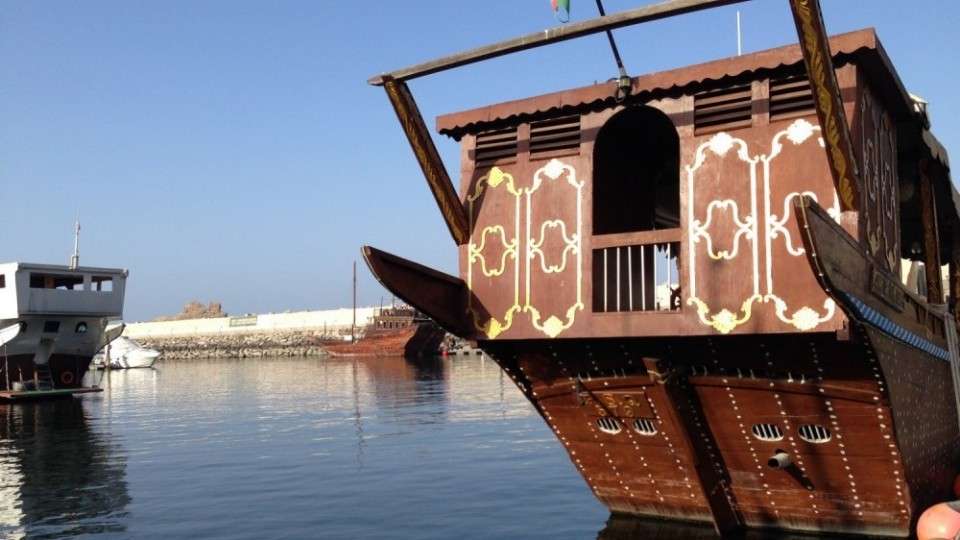Inside the canyon of Wadi Mujib
Wadi Mujib, historically known as Arnon, is a gorge in Jordan which enters the Dead Sea at 410 metres (1,350 ft) below sea level.
The Mujib Reserve of Wadi Mujib is located in the mountainous landscape to the east of the Dead Sea, approximately 90 km south of Amman. The Mujib Biosphere Reserve consists of mountainous, rocky, and sparsely vegetated desert, with cliffs, gorges and deep wadis cutting through plateaus. Perennial, spring-fed streams flow down the wadis to the shores of the Dead Sea.
The 220-square-kilometre (85 sq mi) reserve was created in 1987 by the Royal Society for the Conservation of Nature. The biodiversity and ecological surveys of the reserve, four plant species never before recorded in Jordan were discovered, along with the rare Syrian wolf, Egyptian mongoose, Blanford’s fox, caracal, striped hyena, two species of viper, the venomous desert cobra, and large numbers of raptors. Nubian ibex roam the mountains on Mujib’s southern plateau. Some of the remote mountain and valley areas are difficult to reach, and thus offer safe havens for rare species of cats, goats and other mountain animals.
A large dam was recently finished at the bottom of the wadi, where the modern road crosses the river. As a result, a large lake has formed. Today, Wadi Mujib is fed by seven tributaries.
Access to the reserve is generally from its lower entrance, by the Dead Sea road. The reserve’s only base at the King’s Highway end of the valley is a small office in FAQUA village, northwest of Qasr, but this is not geared up for enquiries. Everything must anyway be booked in advance through the RSCN’s Wild Jordan tourism unit in Amman. Most of the reserve’s hiking trails begin from the Dead Sea. All routes require an RSCN guide.
This is one of the most dramatic areas of natural beauty in Jordan – well worth the time and effort to experience. Unfortunately, I only got to the entrance to take a look as excessive rainfall meant it was closed and so my hike into the canyon was abandoned.











